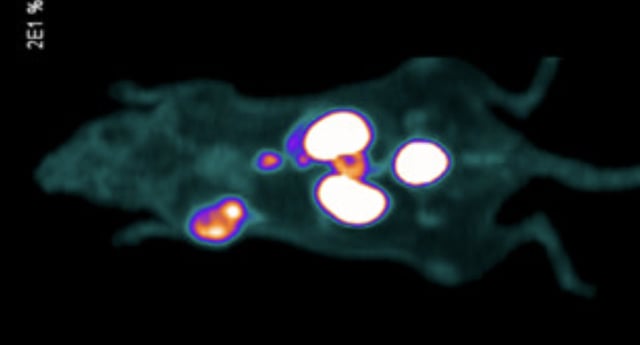Overview
- The single tracer couples fluorine-18 PET imaging with a fluorescein-based optical signal to support both planning and real-time surgical guidance.
- In mouse xenograft models, the agent concentrated in PSMA-expressing tumors, producing strong PET uptake and bright fluorescence without specialized visual equipment.
- The approach could let surgeons visually identify cancer while using a handheld radiation probe to detect hidden disease in lymph nodes or nearby tissues.
- The work from UBC and BC Cancer is published in the Journal of Medicinal Chemistry and supported by Canadian Institutes of Health Research funding.
- Next steps include GMP manufacturing, formal toxicity studies, and validation runs prior to any human trials, with the design intended for use in standard hospital settings, including smaller centers.
